Capital One 2013 Annual Report Download - page 54
Download and view the complete annual report
Please find page 54 of the 2013 Capital One annual report below. You can navigate through the pages in the report by either clicking on the pages listed below, or by using the keyword search tool below to find specific information within the annual report.-
 1
1 -
 2
2 -
 3
3 -
 4
4 -
 5
5 -
 6
6 -
 7
7 -
 8
8 -
 9
9 -
 10
10 -
 11
11 -
 12
12 -
 13
13 -
 14
14 -
 15
15 -
 16
16 -
 17
17 -
 18
18 -
 19
19 -
 20
20 -
 21
21 -
 22
22 -
 23
23 -
 24
24 -
 25
25 -
 26
26 -
 27
27 -
 28
28 -
 29
29 -
 30
30 -
 31
31 -
 32
32 -
 33
33 -
 34
34 -
 35
35 -
 36
36 -
 37
37 -
 38
38 -
 39
39 -
 40
40 -
 41
41 -
 42
42 -
 43
43 -
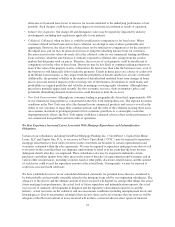 44
44 -
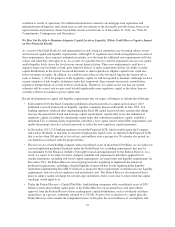 45
45 -
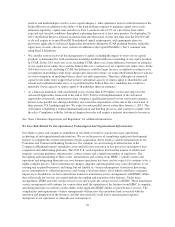 46
46 -
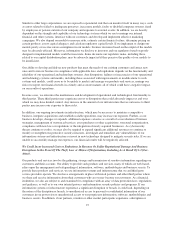 47
47 -
 48
48 -
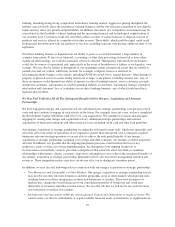 49
49 -
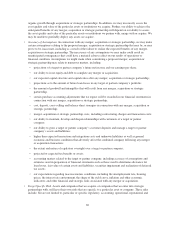 50
50 -
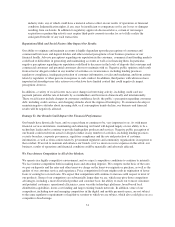 51
51 -
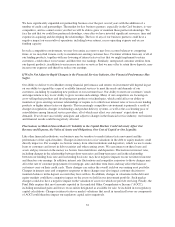 52
52 -
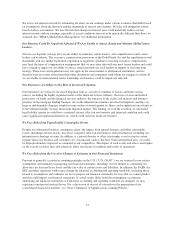 53
53 -
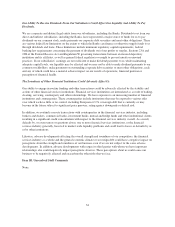 54
54 -
 55
55 -
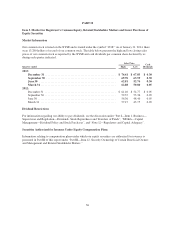 56
56 -
 57
57 -
 58
58 -
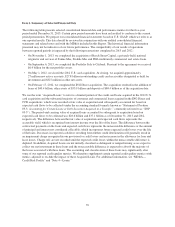 59
59 -
 60
60 -
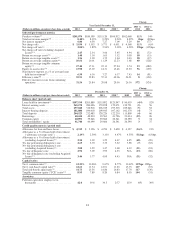 61
61 -
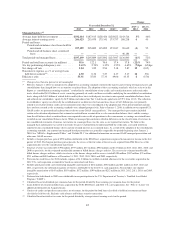 62
62 -
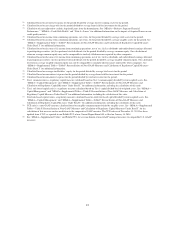 63
63 -
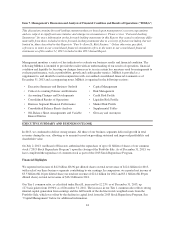 64
64 -
 65
65 -
 66
66 -
 67
67 -
 68
68 -
 69
69 -
 70
70 -
 71
71 -
 72
72 -
 73
73 -
 74
74 -
 75
75 -
 76
76 -
 77
77 -
 78
78 -
 79
79 -
 80
80 -
 81
81 -
 82
82 -
 83
83 -
 84
84 -
 85
85 -
 86
86 -
 87
87 -
 88
88 -
 89
89 -
 90
90 -
 91
91 -
 92
92 -
 93
93 -
 94
94 -
 95
95 -
 96
96 -
 97
97 -
 98
98 -
 99
99 -
 100
100 -
 101
101 -
 102
102 -
 103
103 -
 104
104 -
 105
105 -
 106
106 -
 107
107 -
 108
108 -
 109
109 -
 110
110 -
 111
111 -
 112
112 -
 113
113 -
 114
114 -
 115
115 -
 116
116 -
 117
117 -
 118
118 -
 119
119 -
 120
120 -
 121
121 -
 122
122 -
 123
123 -
 124
124 -
 125
125 -
 126
126 -
 127
127 -
 128
128 -
 129
129 -
 130
130 -
 131
131 -
 132
132 -
 133
133 -
 134
134 -
 135
135 -
 136
136 -
 137
137 -
 138
138 -
 139
139 -
 140
140 -
 141
141 -
 142
142 -
 143
143 -
 144
144 -
 145
145 -
 146
146 -
 147
147 -
 148
148 -
 149
149 -
 150
150 -
 151
151 -
 152
152 -
 153
153 -
 154
154 -
 155
155 -
 156
156 -
 157
157 -
 158
158 -
 159
159 -
 160
160 -
 161
161 -
 162
162 -
 163
163 -
 164
164 -
 165
165 -
 166
166 -
 167
167 -
 168
168 -
 169
169 -
 170
170 -
 171
171 -
 172
172 -
 173
173 -
 174
174 -
 175
175 -
 176
176 -
 177
177 -
 178
178 -
 179
179 -
 180
180 -
 181
181 -
 182
182 -
 183
183 -
 184
184 -
 185
185 -
 186
186 -
 187
187 -
 188
188 -
 189
189 -
 190
190 -
 191
191 -
 192
192 -
 193
193 -
 194
194 -
 195
195 -
 196
196 -
 197
197 -
 198
198 -
 199
199 -
 200
200 -
 201
201 -
 202
202 -
 203
203 -
 204
204 -
 205
205 -
 206
206 -
 207
207 -
 208
208 -
 209
209 -
 210
210 -
 211
211 -
 212
212 -
 213
213 -
 214
214 -
 215
215 -
 216
216 -
 217
217 -
 218
218 -
 219
219 -
 220
220 -
 221
221 -
 222
222 -
 223
223 -
 224
224 -
 225
225 -
 226
226 -
 227
227 -
 228
228 -
 229
229 -
 230
230 -
 231
231 -
 232
232 -
 233
233 -
 234
234 -
 235
235 -
 236
236 -
 237
237 -
 238
238 -
 239
239 -
 240
240 -
 241
241 -
 242
242 -
 243
243 -
 244
244 -
 245
245 -
 246
246 -
 247
247 -
 248
248 -
 249
249 -
 250
250 -
 251
251 -
 252
252 -
 253
253 -
 254
254 -
 255
255 -
 256
256 -
 257
257 -
 258
258 -
 259
259 -
 260
260 -
 261
261 -
 262
262 -
 263
263 -
 264
264 -
 265
265 -
 266
266 -
 267
267 -
 268
268 -
 269
269 -
 270
270 -
 271
271 -
 272
272 -
 273
273 -
 274
274 -
 275
275 -
 276
276 -
 277
277 -
 278
278 -
 279
279 -
 280
280 -
 281
281 -
 282
282 -
 283
283 -
 284
284 -
 285
285 -
 286
286 -
 287
287 -
 288
288 -
 289
289 -
 290
290 -
 291
291 -
 292
292 -
 293
293 -
 294
294 -
 295
295 -
 296
296 -
 297
297 -
 298
298 -
 299
299 -
 300
300 -
 301
301 -
 302
302
 |
 |
Our Ability To Receive Dividends From Our Subsidiaries Could Affect Our Liquidity And Ability To Pay
Dividends.
We are a separate and distinct legal entity from our subsidiaries, including the Banks. Dividends to us from our
direct and indirect subsidiaries, including the Banks, have represented a major source of funds for us to pay
dividends on our common stock, make payments on corporate debt securities and meet other obligations. There
are various federal law limitations on the extent to which the Banks can finance or otherwise supply funds to us
through dividends and loans. These limitations include minimum regulatory capital requirements, federal
banking law requirements concerning the payment of dividends out of net profits or surplus, Sections 23A and
23B of the Federal Reserve Act and Regulation W governing transactions between an insured depository
institution and its affiliates, as well as general federal regulatory oversight to prevent unsafe or unsound
practices. If our subsidiaries’ earnings are not sufficient to make dividend payments to us while maintaining
adequate capital levels, our liquidity may be affected and we may not be able to make dividend payments to our
common stockholders, make payments on outstanding corporate debt securities or meet other obligations, each
and any of which could have a material adverse impact on our results of operations, financial position or
perception of financial health.
The Soundness of Other Financial Institutions Could Adversely Affect Us.
Our ability to engage in routine funding and other transactions could be adversely affected by the stability and
actions of other financial services institutions. Financial services institutions are interrelated as a result of trading,
clearing, servicing, counterparty and other relationships. We have exposure to an increasing number of financial
institutions and counterparties. These counterparties include institutions that may be exposed to various risks
over which we have little or no control, including European or U.S. sovereign debt that is currently or may
become in the future subject to significant price pressure, rating agency downgrade or default risk.
In addition, we routinely execute transactions with counterparties in the financial services industry, including
brokers and dealers, commercial banks, investment banks, mutual and hedge funds and other institutional clients,
resulting in a significant credit concentration with respect to the financial services industry overall. As a result,
defaults by, or even rumors or questions about, one or more financial services institutions, or the financial
services industry generally, have led to market-wide liquidity problems and could lead to losses or defaults by us
or by other institutions.
Likewise, adverse developments affecting the overall strength and soundness of our competitors, the financial
services industry as a whole and the general economic climate or sovereign debt could have a negative impact on
perceptions about the strength and soundness of our business even if we are not subject to the same adverse
developments. In addition, adverse developments with respect to third parties with whom we have important
relationships also could negatively impact perceptions about us. These perceptions about us could cause our
business to be negatively affected and exacerbate the other risks that we face.
Item 1B. Unresolved Staff Comments
None.
34
